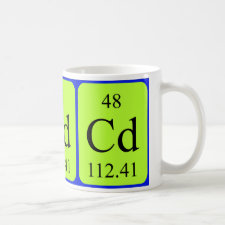
Authors: Tabakli B, Topçu AA, Döker S, Uzun L
Article Title: Particle-Assisted Ion-Imprinted Cryogels for Selective CdII Ion Removal.
Publication date: 2015
Journal: Industrial & Engineering Chemistry Research
Volume: 54
Issue: (6)
Page numbers: 1816-1823.
DOI: 10.1021/ie504312e
Abstract: Herein, we have reported particle-assisted ion-imprinted cryogels, which were synthesized by embedding finely crushed functional particles into cryogel structure under semifrozen conditions. These cryogels showed high adsorption efficiency and affinity against CdII ions. CdII adsorption performances were evaluated by varying some effective factors. In order to analyze the data, we applied Langmuir and Freundlich adsorption isotherms while using three different kinetic models, pseudo-first-order, pseudo-second-order, and Weber-Morris as well. Also, the dimensionless equilibrium parameter (RL), initial adsorption rate, and half-adsorption time were calculated. The results revealed that ion-imprinted-polymer (IIP) cryogels have homogeneously distributed cavities, which were formed by a particle-assisted imprinting process, and the theoretical maximum adsorption capacity (Qmax, 35.97 μg/g) was very close to the experimental value (Qeq, 32.15 μg/g). In addition, RL values for both IIP and nonimprinted-polymer cryogels showed favorability of the adsorption process, while kinetic models indicated that there were no diffusion limitations during the adsorption process, which means that the rate-limiting step was chemosorption of heavy-metal ions on binding sites (imprinted cavities or functional groups) with a high initial adsorption rate and a low half-adsorption time. Desorption, reusability, and selectivity studies were also conducted to state the performance of the cryogels. In conclusion, this promising approach provides a novel methodology for selective CdII removal from water sources
Template and target information: cadmium ion, Cd(II)



Join the Society for Molecular Imprinting

New items RSS feed
Sign-up for e-mail updates:
Choose between receiving an occasional newsletter or more frequent e-mail alerts.
Click here to go to the sign-up page.
Is your name elemental or peptidic? Enter your name and find out by clicking either of the buttons below!
Other products you may like:
 MIPdatabase
MIPdatabase









